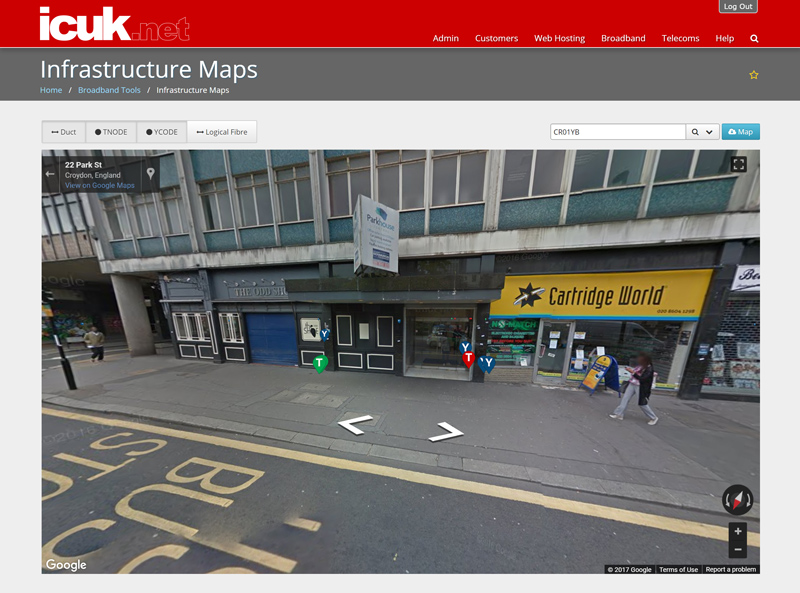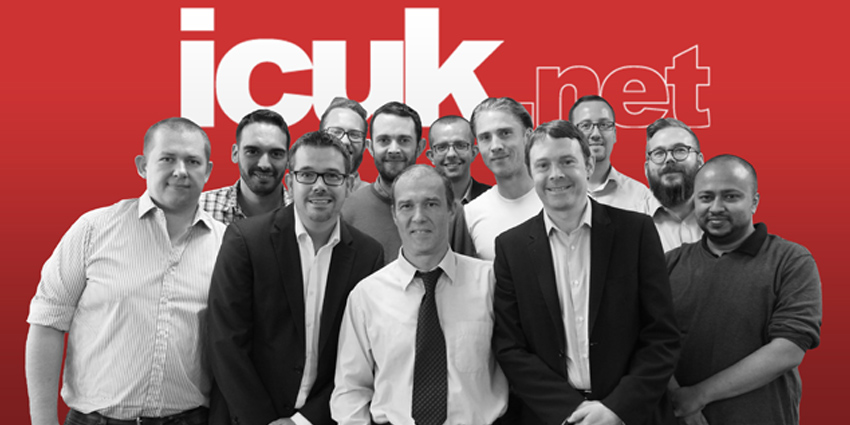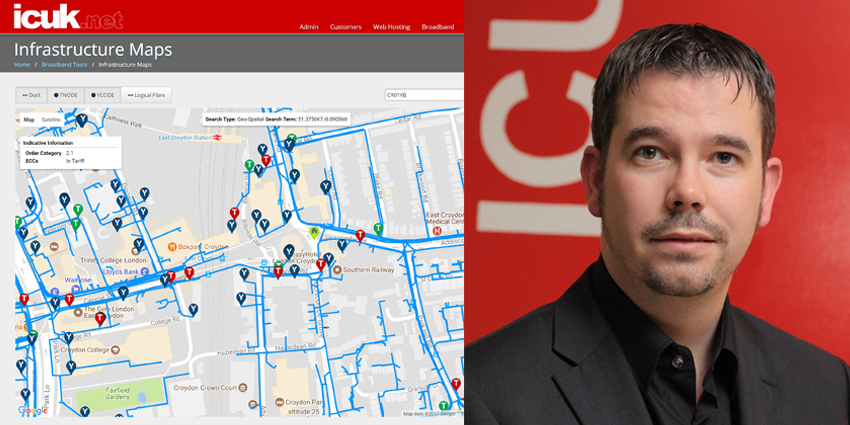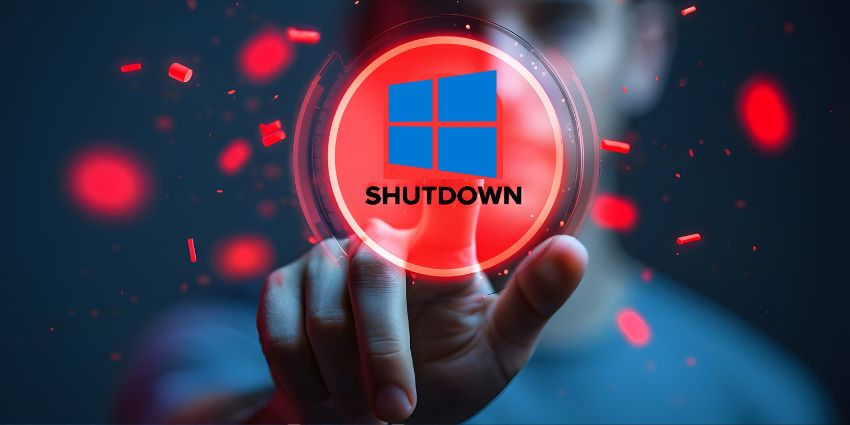A private company known for their innovations in the telecommunication and connectivity world, ICUK is a powerful ISP for the UK consumer base, with more than 800 resellers and partners, as well as tens of thousands of satisfied end customers. Based in South London, ICUK offer domain registration services, shared hosting, broadband services, and white label solutions for resellers and partners.
Since their initiation in 2001, ICUK has been working on a way to make expanding on the UK internet framework easier for partners and customers. The recent release of their new Openreach infrastructure mapping tool could allow them to do just that, by providing access to in-depth information about Openreach ducts and fibre installations. Trials of the new software have already shown it’s potential for success, as the system delivers a whole new dimension to leased line delivery and quoting.
We spoke to Paul Barnett, the founding director of ICUK, to find out more about the new application, and where the company is planning to go next.
Tell us about ICUK
ICUK started sixteen years ago in 2001, with the decision to develop a unique ISP, rather than using one of the pre-existing segments in the marketplace. Paul told me that the decision to write their own software has been difficult for their company, but it’s also been a positive move on their behalf. “We’re debt-free, we’re profitable, and we’re in a good place.”
ICUK’s portfolio works around one huge central portal. They started out with a web hosting service, then moved on to deliver Linux and Windows shared hosting, before following up with an expansion to offer broadband, telecoms, and more. Now, ICUK is directly integrated with Openreach for WLR3, and they offer their customers access to a range of simplified solutions through a unique, and easy-to-use single portal.
“When you’re managing web hosting, it looks and feels just the same as if you were managing broadband or telecoms. We’ve also got a customer control panel feature available. That means that our resellers can rebrand their version of the portal for their customer so that the people at the end of the line can see and interact with the services that they’ve purchased. This takes some of the weight off reseller shoulders because customers can do things for themselves.”
What Prompted You to Start the Openreach Mapping Project?

As Paul admitted to me himself, the Openreach map isn’t an entirely new concept. There’s a map available in the Openreach system if you’re willing to dig deep enough yourself. The problem is, it comes with several limitations that make it difficult for any average company to use.
“You’re restricted on how far you can zoom in, and there’s nothing there in the way of satellite or street views. The whole thing feels very old when you’re using it, without any place names, or company names.”
“We decided to use the data that was already available, and convert it into something that can be used with Google, so that you can go into street view, walk down the street, and see an infrastructure for yourself.”
According to Paul, ICUK customers are using the mapping tool to make decisions about whether to lease a line or buy a property based on their ability to see the internet framework that exists in any given area. For ICUK, it’s just the beginning of what could be possible.
“We want to be able to plot Virgin’s infrastructure on top of Openreach – something that’s never been done before. This will allow our resellers to determine which network makes more sense to their needs. After that, we can begin plotting around 4G data and looking at wireless carriers in the area too. The opportunities are endless.”
Paul told me that the Openreach application is just the start of the company’s vision for making better use of the Big Data that’s available in the world today. The company hopes that in the future, they will be able to continue improving the sales landscape for their resellers, by giving them more visibility into the options that are available for them. Integration with Openreach is just the start.

How Accurate Is the Data Available?
Paul told me that the data they’re referencing with the Openreach mapping system is incredible – it’s what the engineers have already been using for a number of years, the only difference is that it lacks the restrictions that were in place on the Openreach system.
Armed with the mapping tool, the sales conversation for the average reseller can easily evolve.
“Our resellers and partners can confidently tell their customers what kind of connectivity they’re going to have while providing warnings about any challenges that might emerge in the future. This takes our product offering to the next level, and ensures that customers get the experience that they need.”
Do You See Any More Developments in the Future?
For ICUK, this initial exploration into the possibilities of infrastructure mapping is just the beginning. Paul told me that the potential for growth in the future is unlimited.
“We’ve been building this product and service offering for sixteen years, so the amount of insight we have to offer is truly astronomical. The great thing about this new tool is that despite the amount of data we’re giving our customers, the system is still incredibly simple to use. Even my mum could stroll down a street and understand the infrastructure opportunities available with just the briefest amount of training.”
ICUK will be constantly adding new features and enhancements to the mapping tool in the years ahead, based on the feedback they receive from their customers. After all, for them, it’s all about serving their clients.
“Our infrastructure map actually came from the fact that one of our customers needed more information about what was feasible for them when building new sites. We were constantly referencing Openreach data, so it just emerged from there.”







